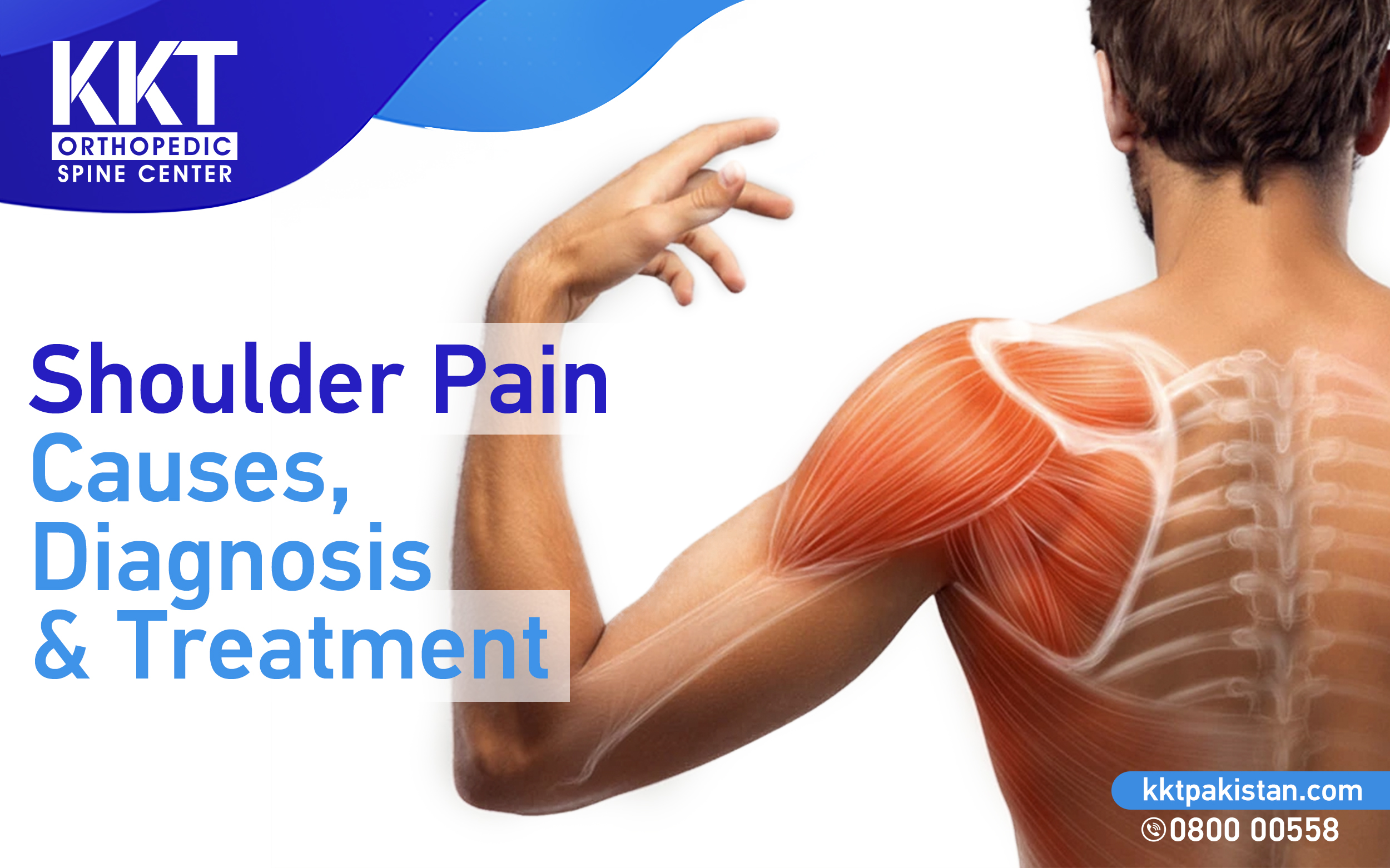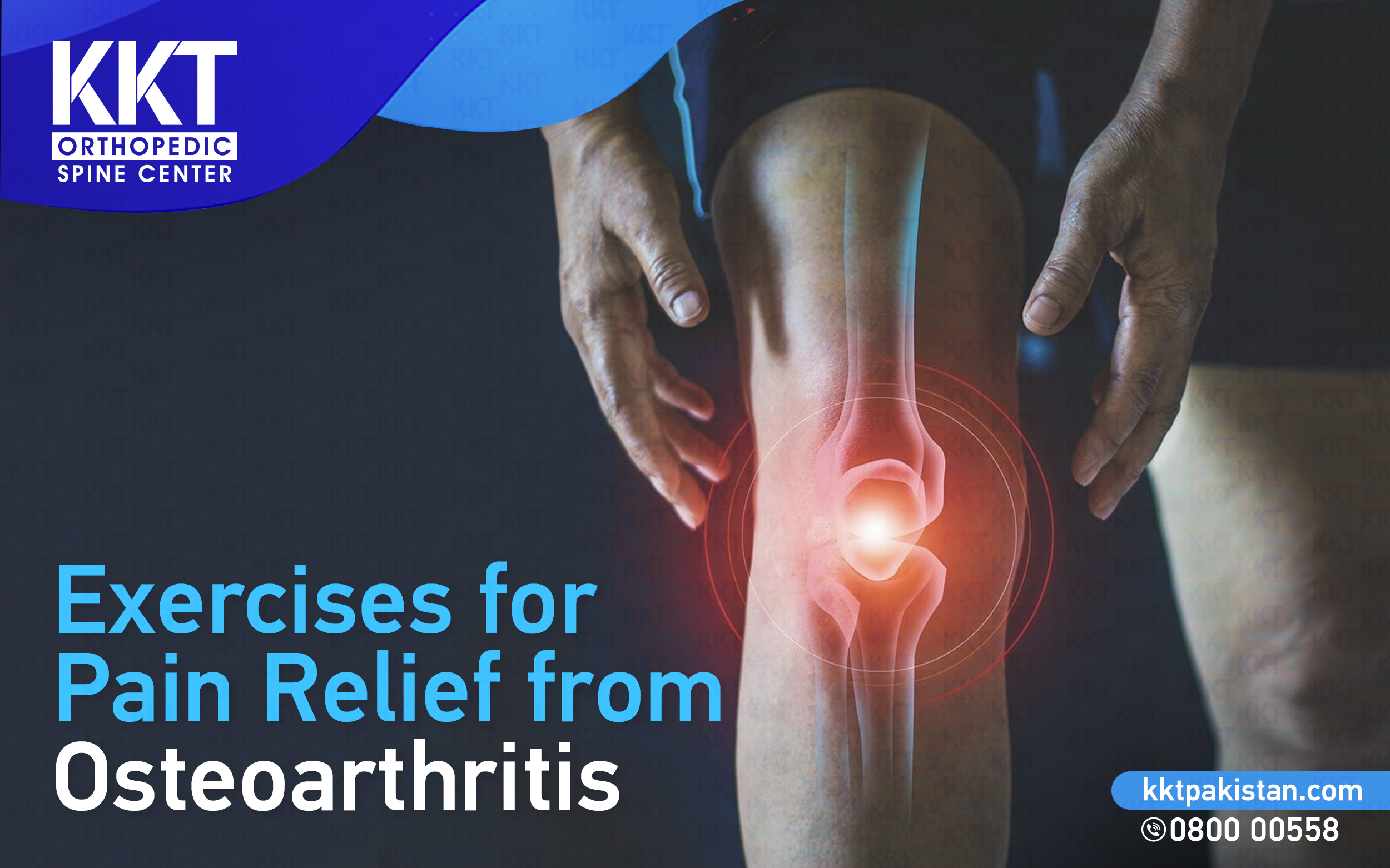Shoulder Pain: Causes, Diagnosis & Treatment
Our shoulder joint has a wide range of motion and rotation capability. Any injury or disease related to this joint can cause severe shoulder pain. Here’s everything you need to know about shoulder joint’s anatomy, conditions and their treatment.
Shoulder Anatomy
Shoulder joint is made up of various bones, joints, tendons and muscles. This is the most moveable, complex and one of the largest joints in the human body. It consists of four joints. Including:
- Sternoclavicular (SC)
- Acromioclavicular (AC)
- Glenohumeral joint (GH)
- Scapulothoracic joints (ST)
The shoulder joint itself is known as Glenohumeral Joint (ball and socket joint). The point where humerus and scapula meet is the shoulder joint. The three bones of shoulder include
- Clavicle (Collarbone)
- Scapula (Shoulder blade)
- Humerus (Upper arm bone)
Shoulder Pain: Causes
There can be a number of causes behind shoulder pain for instance: –
- Osteoarthritis
- Frozen Shoulder
- Rotator Cuff Injury
Shoulder Osteoarthritis:
Osteoarthritis is a joint related disease. It occurs when the cartilage degenerates or tears down resulting in swelling in the joint. Our shoulder consists of two major joints GH & AC. Osteoarthritis of shoulder is found mostly in Acromioclavicular (AC) joint. It affects many people but is more common in older people i: e: above 50 (due to aging). In younger people, osteoarthritis can be a result of an injury (fracture or dislocation).
Osteoarthritis (OA) of the shoulder can also be caused due to any injury to the shoulder. Even an infection or natural wear and tear can cause it. Some of the symptoms include: –
- Pain: when moving the joint and gets worse with time. If the pain is in the back of the shoulder (GH joint is affected) and if the top of the shoulder (AC joint is affected).
- Decreased range of motion: stiffness and difficulty lifting arm to do every day work.
Frozen Shoulder:
Frozen shoulder is a condition that involves pain and stiffness in the shoulder joint. Shoulder pain due to frozen shoulder builds up gradually. Frozen shoulder takes about 6 months to 2 years, until it’s normal again. It is also known as Adhesive Capsulitis.
Frozen shoulder develops when the shoulder capsule (connective tissue) becomes stiff and thick due to which it’s difficult to move the joint. Hence, it can cause: –
- Pain in right shoulder
- Neck and shoulder pain
- Shoulder muscle pain
- Shoulder pain at night
- Pain in left arm and shoulder
Frozen shoulder’s treatment includes exercises and pain medication.
Stages of Frozen Shoulder: –
There are three stages involved with frozen shoulder: –
1: – Freezing stage (pain gets worse)
2: – Frozen stage (Stiff shoulder)
3: – Thawing stage (Motion starts getting better)
Causes of Frozen shoulder: –
Frozen shoulder is more common among women then men. Some of the other reasons behind frozen shoulder include: –
- Age: people among 40-60 years age group
- Disease: Diabetics, Heart or thyroid patients
- Medical Condition: Stroke or surgery preventing you from shoulder movement.
Rotator Cuff Injury:
Rotator cuff is a group of four muscles and tendons. This group of muscles and tendons helps stabilize the shoulder. Acute injuries or overuse causes rotator cuff tear. Some of the rotator cuff injuries include:
- Bursitis
- Tendinitis
- Rotator cuff tear
Rotator cuff tendinitis directly affects the muscles and tendons however it can also occur due to a fall or tear in the tissues. It is the most commonly injured part because rotator cuff tendons have a tight space to move in. The main causes of rotator cuff tear include: –
- Injury
- Degeneration (with age)
- Overuse of the rotator cuff
Symptoms: –
Symptoms of rotator cuff can appear months or even years after being damaged. Common symptoms include:
- Pain
- Reduced shoulder motion
- Trouble reaching overhead or at the back
Other Conditions: –
- Cervical Radiculopathy is a condition which occurs due to irritation or damage to the nerve root in the upper spine (cervical spine). This results in shoulder pain. Shoulder aches and pain can occur due to various conditions.
Signs of pinched nerve include:
- Pain in one shoulder
- Tingling or feeling of pins and needles
- Numbness and weakness in joint
- Shoulder Dislocation occurs when the ball comes out of the socket (partially or completely). The ball and socket joint (shoulder joint) comprises of ball-shaped humerus and a cup-shaped socket called scapula. As it is the most mobile joint (because it can move in various directions) shoulder dislocation can also occur in various directions (upward, outward or backward).
Symptoms of shoulder dislocation may include: –
- Swelling
- Deformity
- Numbness
- Pain in arm and shoulder
Shoulder Pain: Diagnosis
The cause of exact shoulder pain can be difficult to identify as symptoms of all problems cause similar signs. Firstly, doctors start from a physical exam. It includes specifically checking for: –
- Swelling
- Flexibility
- Tenderness
- Muscle Strength
- Testing the shoulder’s motion
For further examination, a number of imaging tests are carried out, including: –
- X-Rays: – This test detects any injuries or problems related to bones. Primarily, the first imaging test ordered.
- CT scan and MRI: – Create better images displaying the complete anatomy of shoulder. including muscles.
When to seek treatment?
Don’t ignore the warning signs of an injury. Signs can appear after or during an accident. Seek medical attention if your pain is getting worse. In case of any shoulder injury, immediately go to a hospital.
Shoulder Pain: Treatment
Treatment options vary from condition to condition. For dislocation your doctor may: –
- Firstly, putting the joint back in it’s position
- Then, use a medical sling to hold the joint in place.
Most fractures related to scapula can be treated without surgery. For pain and many other issues doctors prescribe medications and several shoulder exercises.
However, there is another non-invasive treatment option like treatment via Sound waves by KKT Pakistan. This treatment aligns the spine and reduces pain. KKT Orthopedic Spine Centre is located in various locations across Pakistan. KKT treatment: –
- Has no side effects
- Restores body balance
- Trigger’s natural tissue regeneration
- Keeps the spine in perfect alignment






